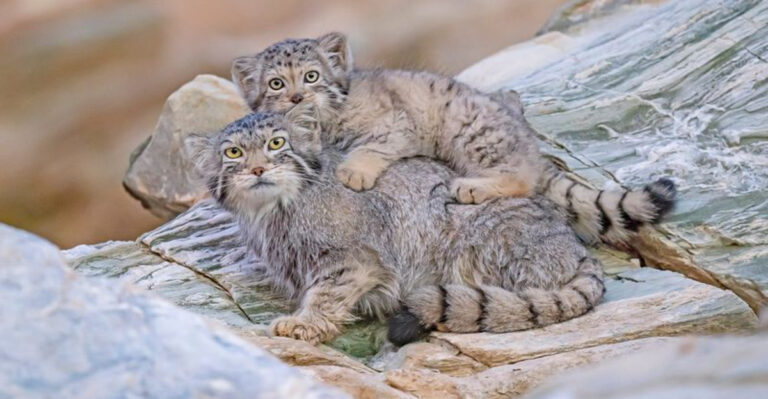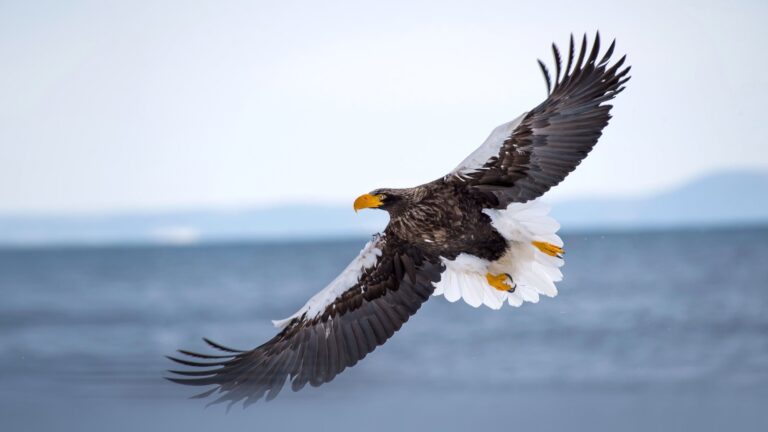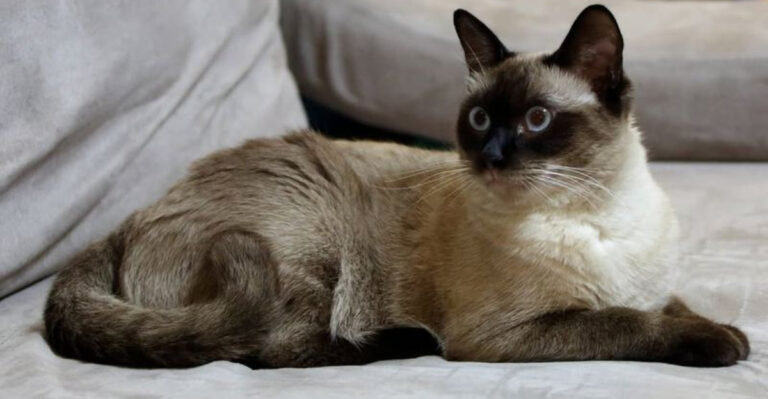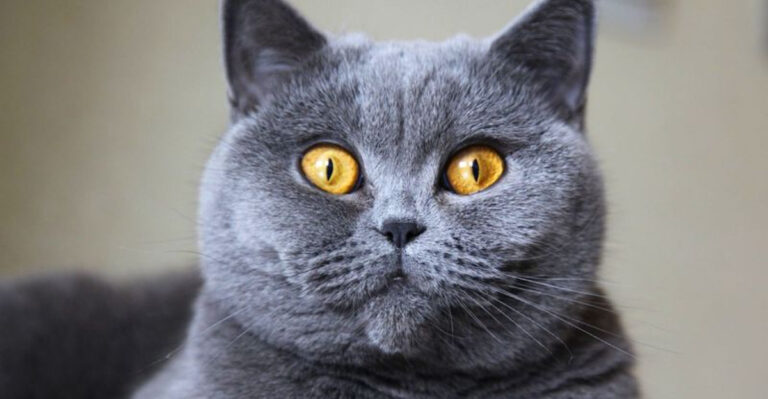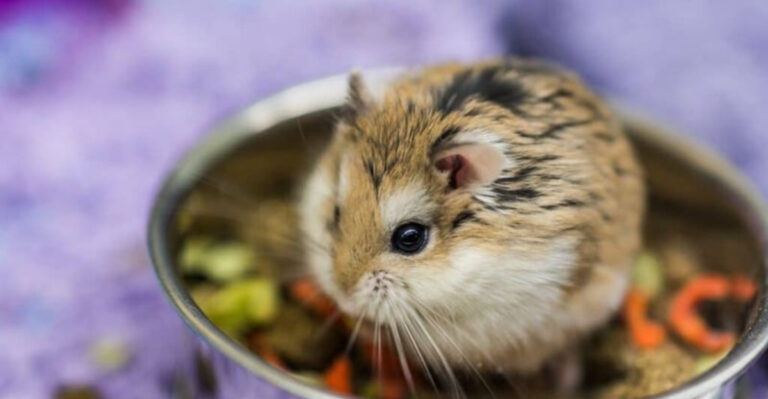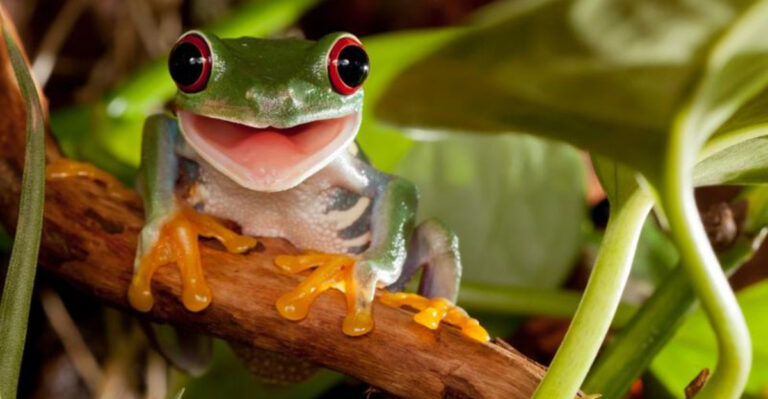12 Types Of Birds That’ll Flock To Your Feeder Once You Add Safflower Seeds
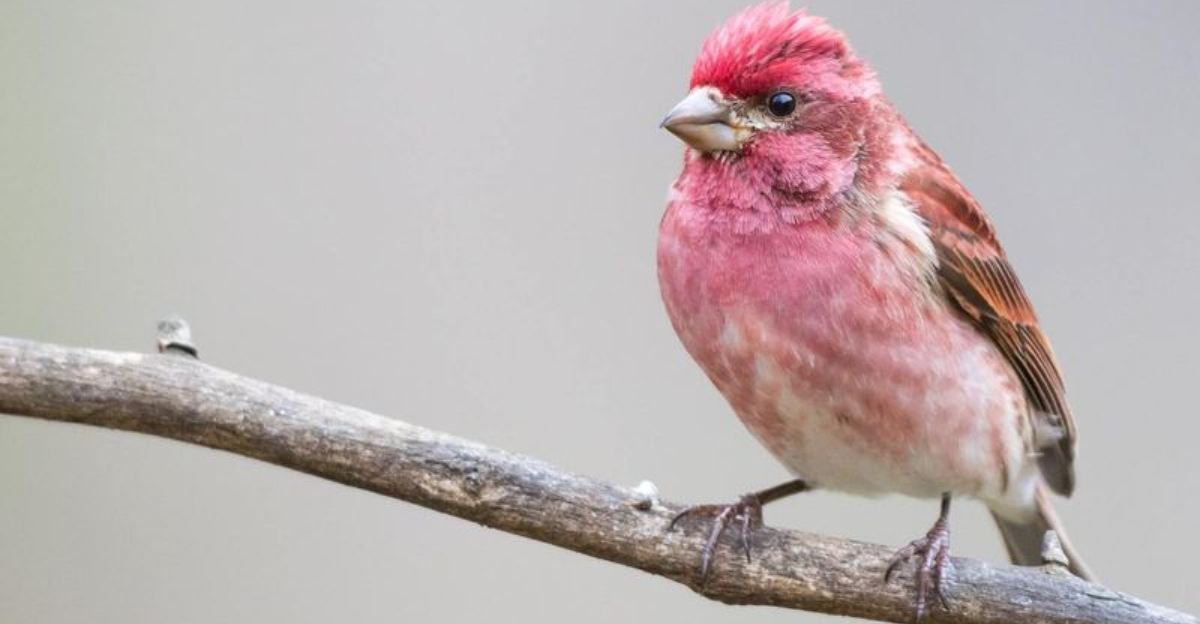
Safflower seeds are a game-changer for backyard bird watching. With their thick, white shells and rich, nutty flavor, these seeds attract a variety of beautiful birds while naturally deterring pesky squirrels and some less desirable bird species. Adding safflower to your feeder creates an invitation for colorful, interesting birds that might have bypassed your yard before.
1. Northern Cardinals
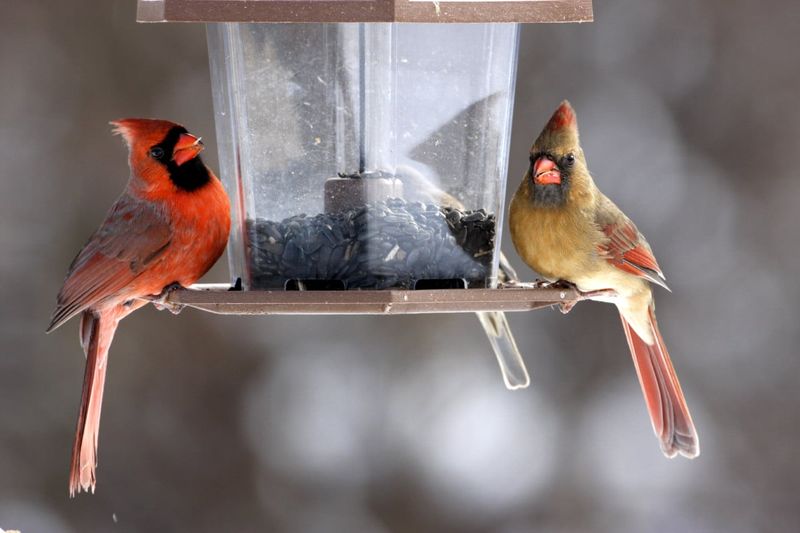
Northern Cardinals absolutely love safflower seeds! Their strong beaks crack through the tough shells with ease, revealing the tasty treat inside.
Male cardinals, with their brilliant red plumage, create a stunning splash of color against winter snow or summer greenery. Females, with their subtle reddish-tan coloring and red accents, are equally enchanting visitors.
2. House Finches
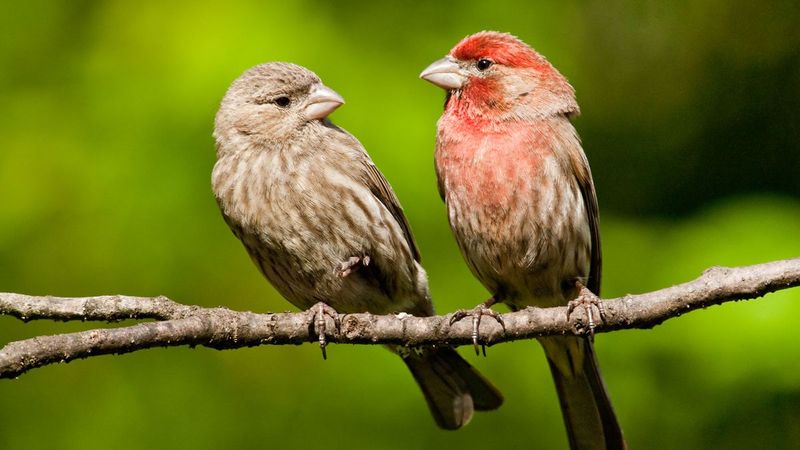
Male House Finches sport raspberry-red heads and breasts that brighten any backyard scene. These sociable birds often arrive in small groups, filling your yard with their cheerful warbling songs.
Unlike some fussier birds, House Finches aren’t intimidated by human activity, making them reliable visitors even to feeders near windows or busy patios. They’ll happily munch on safflower seeds year-round.
3. Chickadees
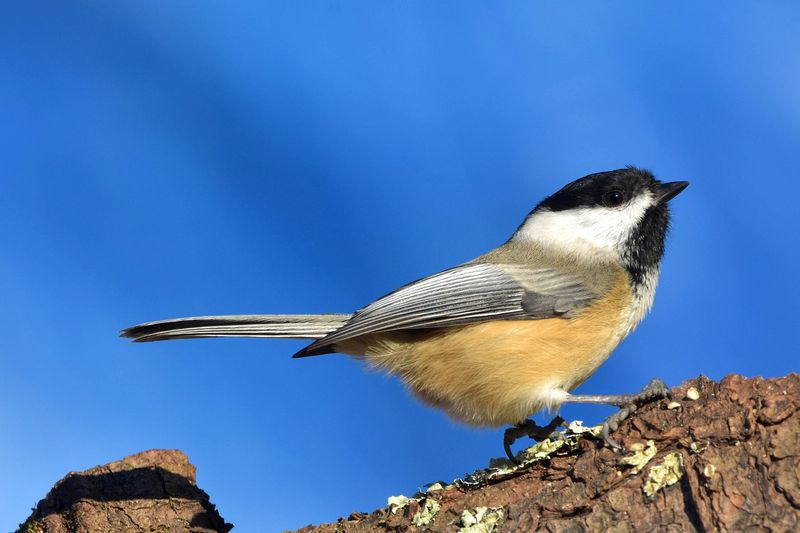
Black-capped Chickadees are among the friendliest and boldest birds you’ll encounter. These tiny bundles of energy zip to feeders, grab a single safflower seed, then retreat to a nearby branch to crack it open.
Their distinctive “chickadee-dee-dee” call announces their presence. With black caps and bibs contrasting against white cheeks, these year-round residents bring personality and charm to winter landscapes when many other birds have migrated south.
4. Tufted Titmice
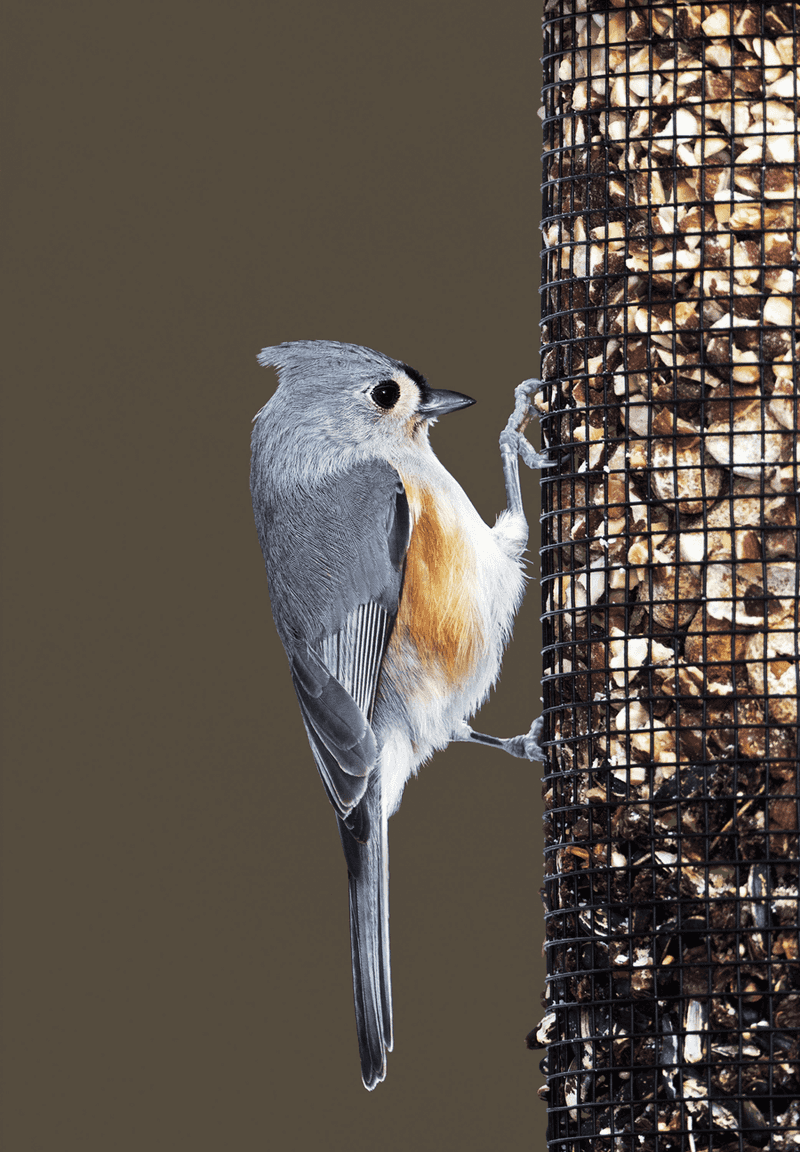
With their jaunty crests and big, dark eyes, Tufted Titmice bring personality to any feeder. These gray birds with peachy-colored flanks are slightly larger than chickadees but share their energetic approach to feeding.
Tufted Titmice are notorious for taking one seed at a time, flying to a perch, and holding the safflower seed with their feet while hammering it open. Their clear, whistled “peter-peter-peter” calls will become a familiar sound in your yard.
5. Nuthatches
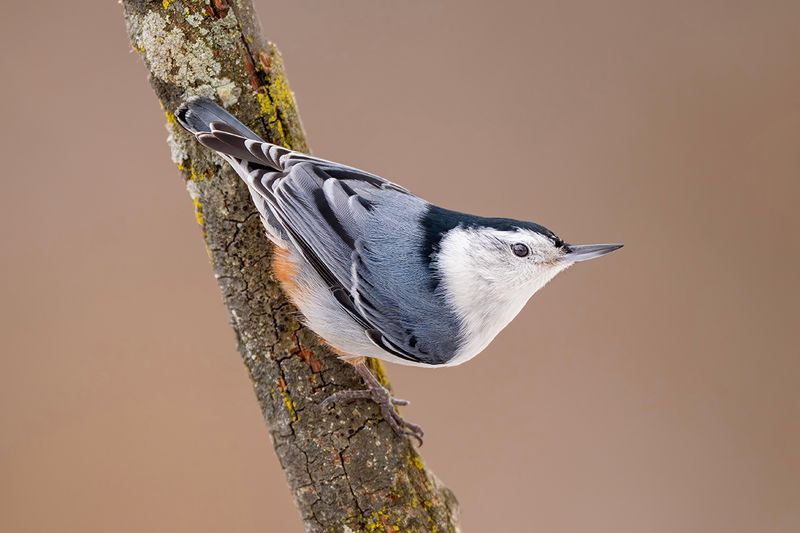
White-breasted Nuthatches are instantly recognizable by their unique feeding style—they climb headfirst down tree trunks and approach feeders from below! Their blue-gray backs, white faces, and black caps make them easy to spot.
These agile birds have strong bills perfectly suited for prying open safflower seeds. Listen for their distinctive “yank-yank” calls that sound like tiny toy horns. Nuthatches will become regular visitors once they discover your safflower supply.
6. Downy Woodpeckers
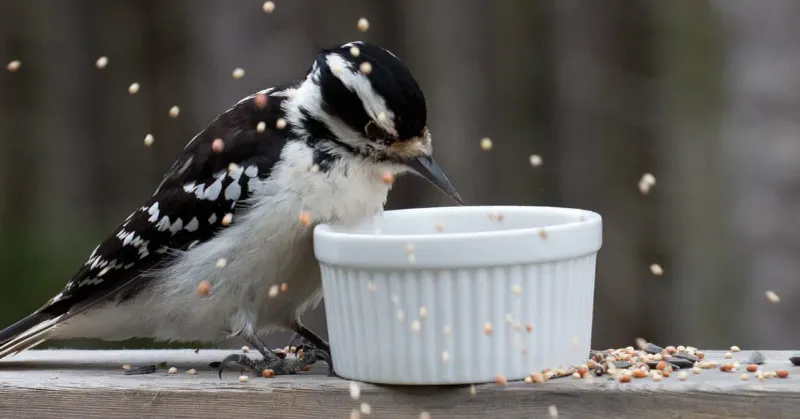
Smallest of North American woodpeckers, the Downy Woodpecker brings woodland charm to backyard feeders. Males flash a bright red patch on the back of their heads, while both sexes display striking black and white patterned feathers.
Though primarily insect-eaters, Downies readily accept safflower seeds, especially in winter when bugs are scarce. Their small size lets them access feeders that larger woodpeckers can’t manage, and their gentle pecking rhythm adds natural music to your yard.
7. Blue Jays

Blue Jays never arrive quietly! These striking blue, white, and black birds announce themselves with loud calls and commanding presence. Though sometimes considered bullies at feeders, they’re actually intelligent and family-oriented birds.
Unlike smaller birds that take one seed at a time, Blue Jays fill their expandable throats with safflower seeds to carry away and cache for later. Their beauty and antics provide endless entertainment, especially when they alert other birds to potential dangers.
8. Rose-Breasted Grosbeaks
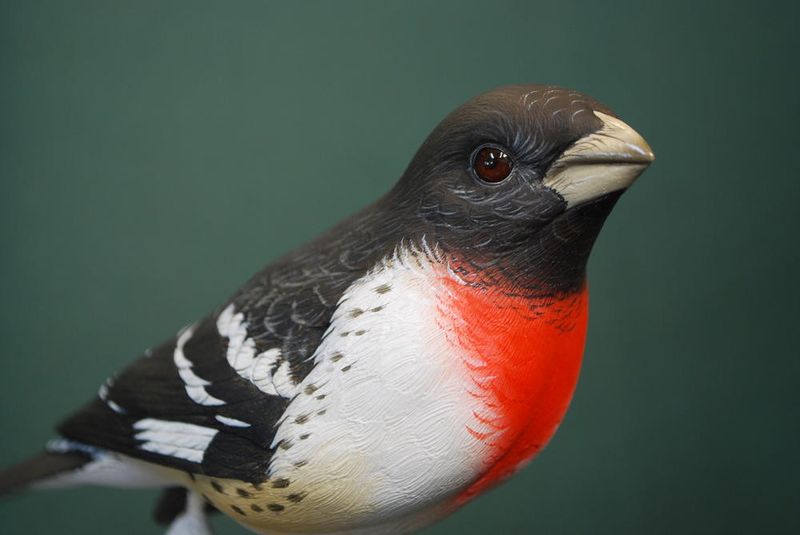
Male Rose-breasted Grosbeaks look like they’re wearing formal attire—black backs, white bellies, and a stunning triangular patch of rose-red on their chests. Their massive, pale beaks easily crack open safflower seeds.
These migratory birds typically appear in spring and summer in northern regions. Females lack the red breast but have beautiful streaked brown plumage and a bold white eyebrow stripe. Their sweet, robin-like song adds musical quality to your garden from May through August.
9. Mourning Doves
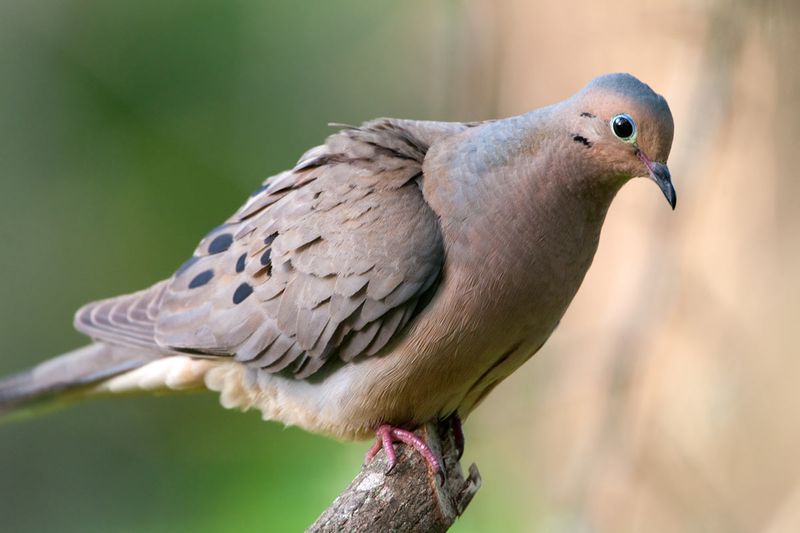
Plump and gentle, Mourning Doves gather beneath feeders to collect fallen safflower seeds. Their soft gray-brown bodies and small heads give them a distinctive silhouette, while their gentle “coo-AH, coo, coo, coo” calls create a peaceful backyard soundtrack.
These ground-feeding birds mate for life and often visit in pairs. They’re especially grateful for safflower seeds during winter months when food becomes scarce. Their calm presence brings a sense of tranquility to your bird-watching experience.
10. House Sparrows
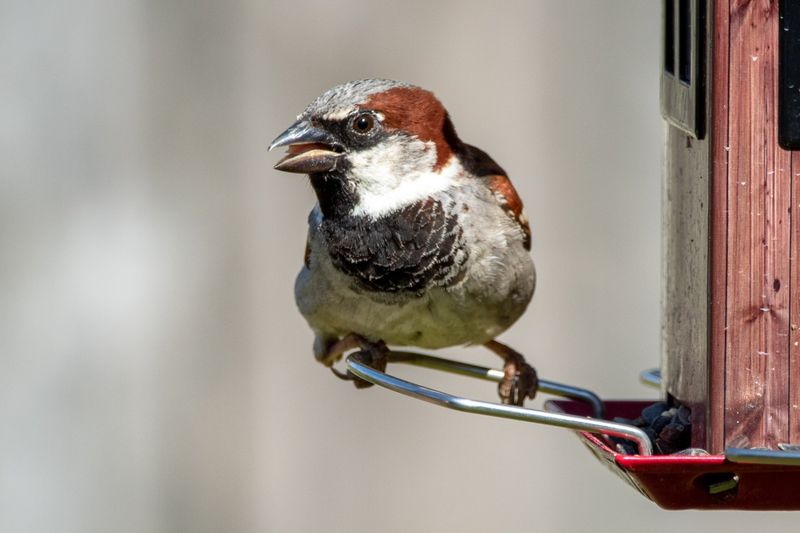
Though sometimes considered less desirable visitors, House Sparrows provide lively entertainment with their constant chattering and social antics. Males sport handsome gray caps and black bibs, while females wear subtler tan and brown plumage.
These adaptable birds readily accept safflower seeds, though they prefer them crushed or broken. Originally from Europe, House Sparrows have successfully established themselves across North America. Their energetic presence and year-round residence means your feeder will never be lonely.
11. Purple Finches
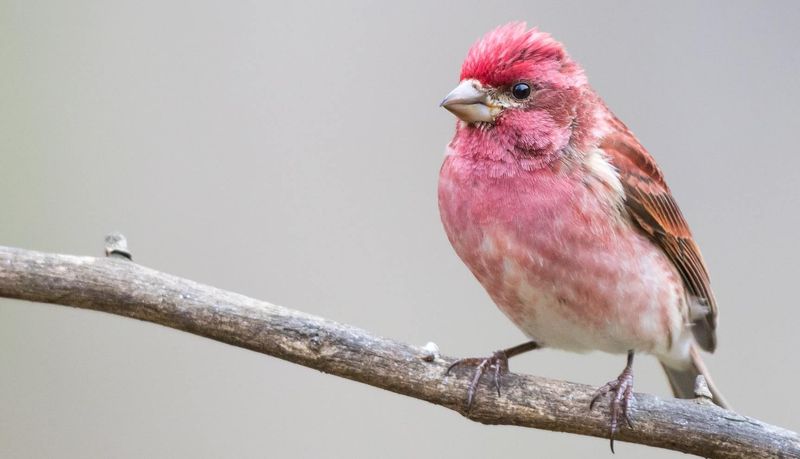
Often confused with House Finches, Purple Finches appear as though they were dipped in raspberry juice. Males show more extensive and deeper red coloring that extends to their backs, while females display bold facial striping.
These northern visitors typically appear at feeders during winter in many regions. Their conical bills make quick work of safflower seeds. Listen for their warbling song that ends with an upward or downward slur—a sweet melody that brightens cold winter days.
12. Carolina Wrens
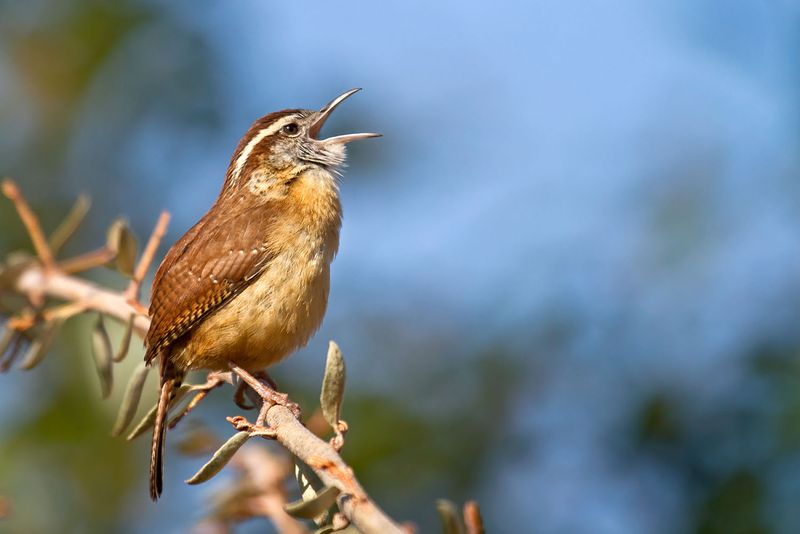
Carolina Wrens bring personality plus to your feeder area with their upturned tails, rich cinnamon-brown feathers, and bold white eyebrow stripes. These small but vocal birds have surprisingly loud voices for their size!
While primarily insect-eaters, Carolina Wrens happily include safflower seeds in their winter diet. They prefer feeding platforms or ground feeding rather than hanging tube feeders. Year-round residents in many areas, these charismatic little birds often become neighborhood favorites with their “tea-kettle, tea-kettle” songs.

